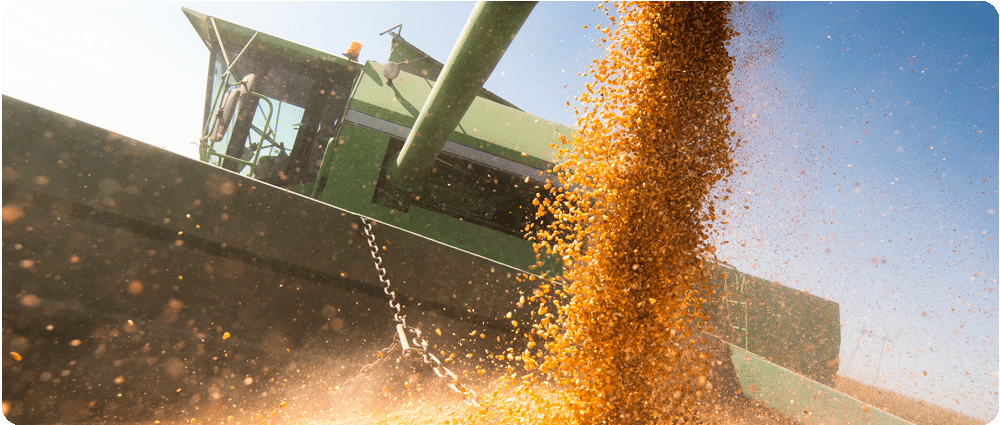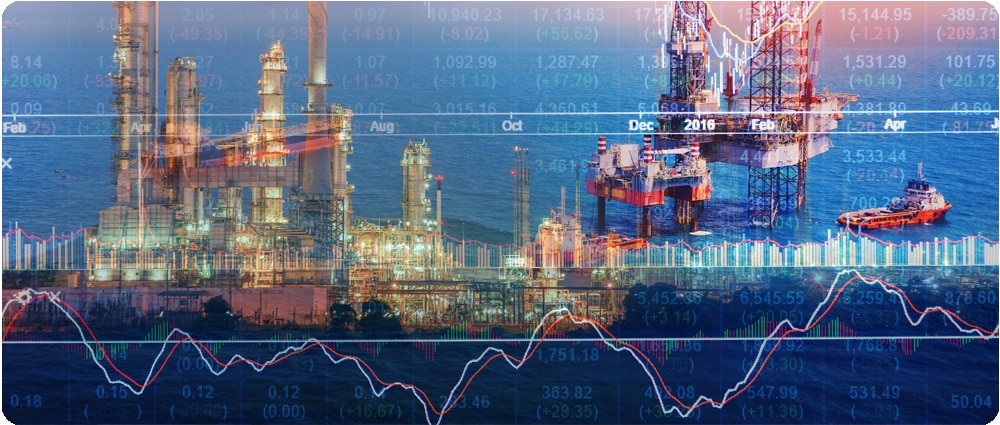The Best Time for Buying Commodities

Any investor or day trader will tell you that timing is everything, and that statement proves true when working with commodities. Successful commodity traders also understand that their market strategies rely largely on the quality of the data they use.
There are many different trading platforms for commodities available, but not all of them offer all the features you need in one place. When you use DTN ProphetX, you have access to the data you need – including information about world markets, trade data, volatility charts, and analysis to give you the edge you need to succeed.
But if you are looking to be successful in the commodities market, it will take more than just having the right data. It is also important that you understand the various factors that affect market changes so you can choose the best time to buy. This article will take a closer look at some of the different trading strategies you can use and how seasonality tends to affect common commodity prices, like corn and oil.

Different trading strategies for buying and selling commodities
According to Forbes, commodities are 2021’s top-performing investment. It may seem like a great market to enter, but, as with any investment, successful trading starts with a well-planned trading plan.
The most successful commodity traders develop a sound trading methodology and stick with it. That doesn’t mean they never lose a trade, but they learn how to manage and hedge their risk to protect their trading capital.
Range trading
Every trader knows the expression, “the trend is your friend.” This expression is because the market is more likely to continue in its current direction than to change, but trends don’t continue forever. There are times when the market is not currently in a distinct bull or bear trend but is more mixed with fluctuating prices until there is a breakout in one direction.
When this is the case, range trading is a strategy to identify market entry and exit points. Through market research and data analysis, traders define bands to denote these points. A support band is a low-price range where it makes sense to buy. On the opposite end is a resistance band, a high price range where it makes sense to sell.
Fundamental trading
A fundamental trading strategy focuses on the essential background factors that influence market prices, like supply and demand. The base concept is simple – when demand is higher than supply, prices increase. When supply is greater than demand, prices decrease.
That may seem easy, but it involves not only understanding the relation of supply and demand on prices but also predicting when those changes will happen. Insight into when those changes will happen also leads to knowing how to act. With many commodities, factors such as weather patterns or geopolitical events can also be a good indication of potential market changes.
How the seasonality of commodities affects buying decisions
No matter the strategies you use for trading commodities, it’s important to remember that, as a general rule, commodities tend to follow seasonal trends. Let’s look at the seasonality of two of the most commonly traded commodities – corn and oil.

Seasonality of corn prices
Most agricultural commodity prices, like corn and soybeans, tend to change according to the plant’s life cycle. Corn, for example, is planted in the spring (April/May), and harvesting is usually finished by the late fall (October/November).
In the late spring, there is a level of uncertainty about the upcoming harvest – will there be a high or low yield? This uncertainty causes a rise in corn prices, eventually peaking in the early summer, but by the late fall, the new crop is harvested and ready for sale. This boost in supply corresponds to lower prices. This often makes late fall/early winter a good time to buy and June/July good months to sell.
Of course, crop yield can be affected by extreme weather or other events that disrupt production. Successful commodity traders need to be aware of and up to date on market conditions and other factors that could change prices when planning their market entry or exit.

Seasonality of oil prices
While oil prices can be largely affected by political events in the Middle East and any OPEC (Organization of Petroleum Exporting Countries) decisions, they are still subject to yearly seasonality due to changes in supply and demand.
Oil markets such as Brent and WTI (West Texas Intermediate) tend to follow the seasons of the Northern Hemisphere, where the majority of the world’s oil is produced and used. As such, prices generally peak in the Northern Hemisphere’s late summer/early fall as preparation is made for winter heating needs.
Prices start to fall, reaching a low in the winter, and gradually increasing again in the spring. By summer, prices start to see highs again as demand increases for the travel season, which starts in May, before reaching their peak in the fall. Depending on analysis from real-time data sources, traders may buy oil in the winter and sell in the summer for the best profits.
How successful commodity traders make the best trades at the right time
Every successful investor knows that while trading commodities can effectively build wealth, it is not always an easy venture. It can take considerable time and effort to study the commodities market and the factors at work influencing the prices. The data and analysis you rely on are paramount to making successful trades.
For smart, profitable trades, DTN ProphetX is the only tool you need. You can maximize your profits and minimize your risk with:
- Real-time, tick-by-tick commodity quotes
- Analytical tools
- Market news and analysis
Don’t miss out on the insights available to you with DTN ProphetX. Contact DTN today to start your free demo and learn how you can put the data to work for you.










 Comprehensive weather insights help safeguard your operations and drive confident decisions to make everyday mining operations as safe and efficient as possible.
Comprehensive weather insights help safeguard your operations and drive confident decisions to make everyday mining operations as safe and efficient as possible.

